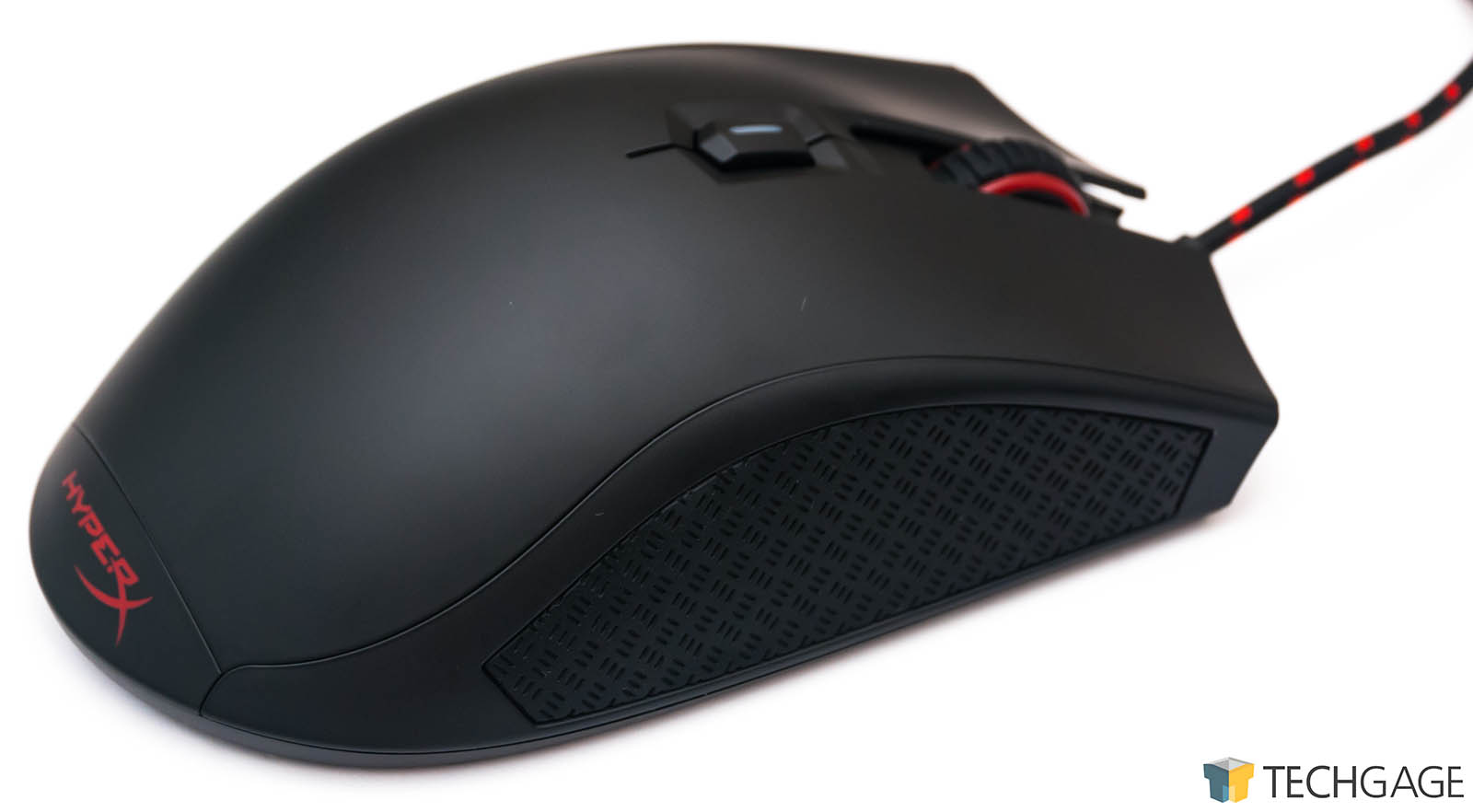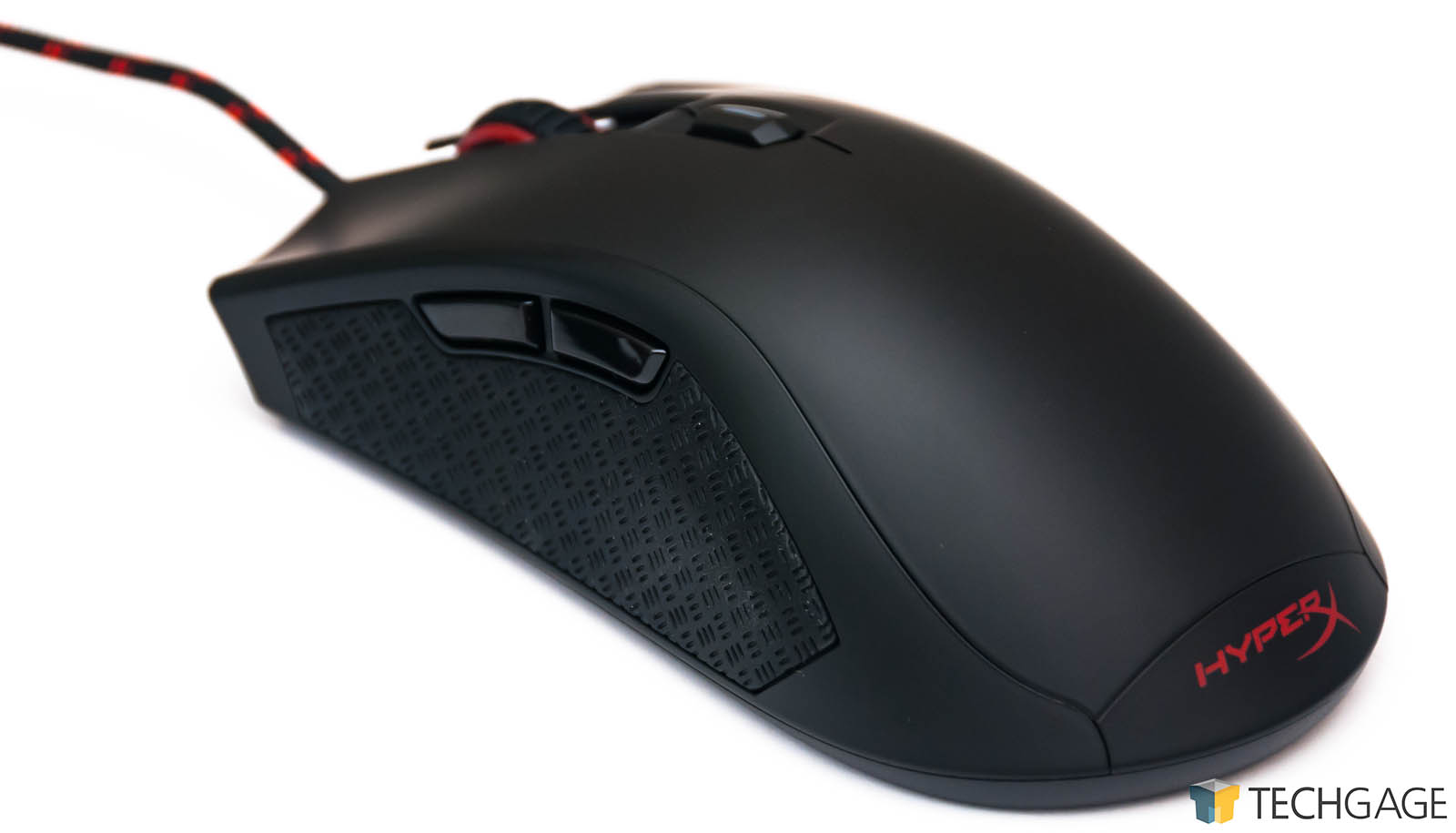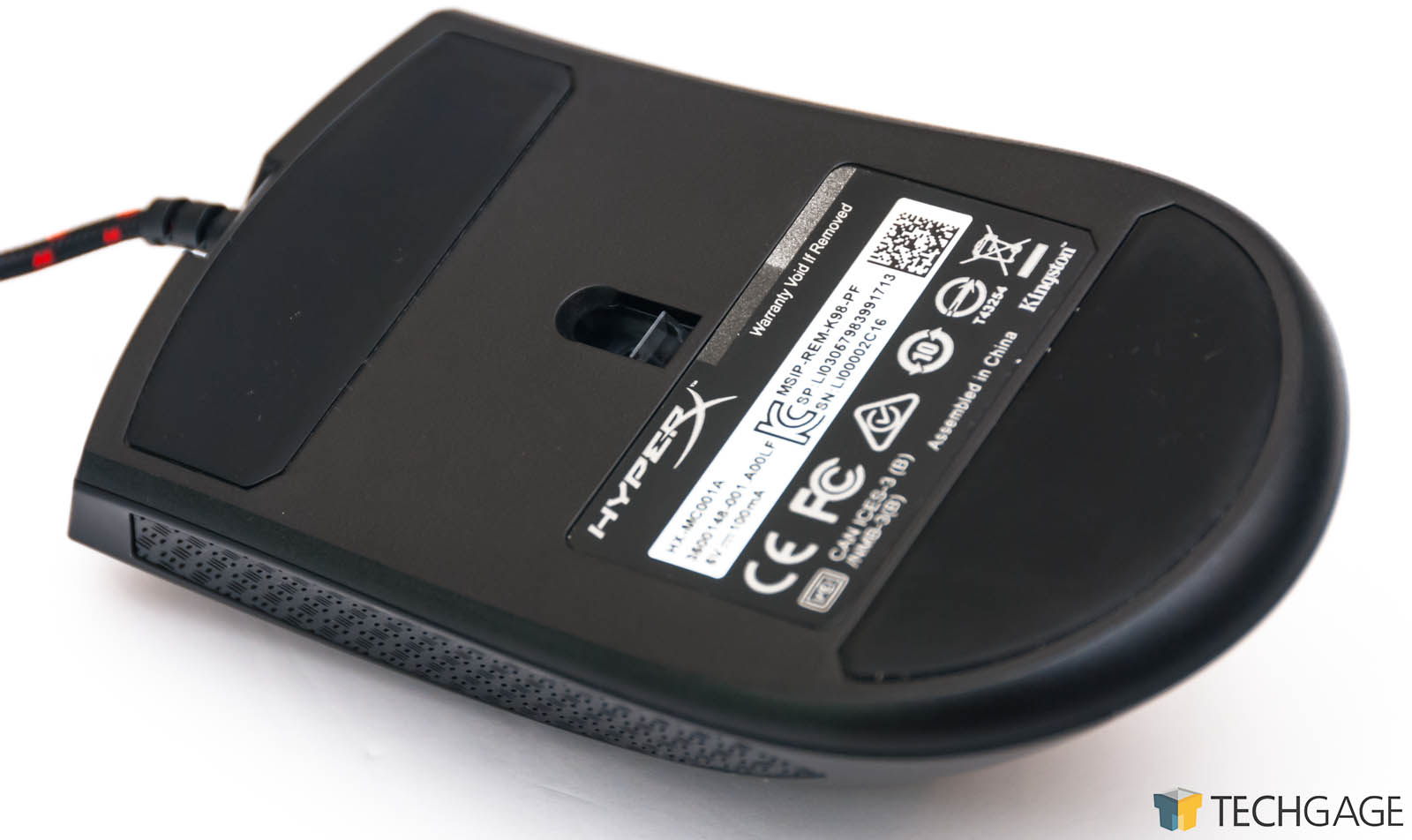- Qualcomm Launches Snapdragon 4 Gen 2 Mobile Platform
- AMD Launches Ryzen PRO 7000 Series Mobile & Desktop Platform
- Intel Launches Sleek Single-Slot Arc Pro A60 Workstation Graphics Card
- NVIDIA Announces Latest Ada Lovelace Additions: GeForce RTX 4060 Ti & RTX 4060
- Maxon Redshift With AMD Radeon GPU Rendering Support Now Available
Lightweight, But Bold: A Look At The $50 HyperX Pulsefire FPS Gaming Mouse

Sometimes, simple is best, which is the mentality HyperX might have had when designing its first gaming mouse, the Pulsefire FPS. A mouse without a software package, this $50 offering gets you an attractive option that performs well, and won’t get in your way of improving your game.
It’s not often I get to take a look at a vendor’s first product in a new category, so I’m pleased to be able to look at HyperX’s first go at a gaming mouse – coming to us in the form of the Pulsefire FPS.
Priced at just $50, it’s clear that HyperX didn’t want to go after the high-end market right out-of-the-gate, although it probably could. In recent years, the company has seemed keen on delivering quality products at affordable price points. I have one of the company’s $50 Cloud Stinger headsets for Xbox use (thanks for complicating things, Microsoft!), and have been very impressed with its overall value.
Overall, I feel the same kind of value is packed into the Pulsefire FPS mouse. HyperX had no intention of making this mouse as gaudy as possible to catch eyeballs at this price point, instead choosing to offer a simple, but comfortable design, and enough features to satiate most gamer appetites.
This rodent’s simple hardware design carries on over to the software. No… what’s even more opposite than something existing? Oh, right: there is no software. Whether or not this is a caveat really depends on whether or not you take advantage of peripheral software to begin with. As said, this is a simple mouse – but it’s one that is good at what it does.
A Tour Of HyperX’s Pulsefire FPS Gaming Mouse
Some mice include a dozen side buttons, and others include RGB lighting. The Pulsefire FPS has neither, and whereas the former might not matter to a lot of people, the latter might. I admit I’m kind of (no kind of about it) a sucker for RGB, so I would have liked to have seen it here – but hey, the Pulsefire FPS is definitely not going to be the only mouse HyperX delivers to market, and at $50, RGB shouldn’t be expected anyway.
What the mouse does very well is deliver smooth performance and a comfortable feel. I’ve been using the Pulsefire for about a month at this point, and through all of that time, I hadn’t encountered an issue, or some underlying, subtle gotcha. The performance is solid, the feel is good, and despite its lack of RGB, the aesthetic is pleasing, with red LEDs lighting up a HyperX logo on mouse’s back (under your palm while holding), as well as inside the scroll wheel.
Speaking of the scroll wheel, it sits in between the left and right mouse clickers which use Omron switches to provide some satisfying tactile feedback. “Tactile feedback” might seem like some buzz term, but small differences like these can really make a difference. You never have to second guess whether or not you actually clicked when you did, because the noticeable “click” (as in feel) will tip you off.
The Pulsefire might not have a software complement, but it does have a DPI switcher with four pre-assigned DPI modes: White (400), Red (800), Blue (1600), and Yellow (3200). Some gamers might need finer-tuned DPI than this, and if so, this mouse is not the right choice. For most gamers, though, the DPI settings HyperX has chosen scales sensibly.
We can’t talk about specs like these and not highlight the sensor, which on this mouse is Pixart’s 3310 optical, one that has been dubbed “flawless” according to a website that has been tracking the best sensors in gaming mice. In this case, flawless means that the sensor is high-performance, and doesn’t have algorithms running that could impede personal performance. It’s as “to the metal” as possible.
On the left side of the mouse are forward and back buttons, and surrounding those (and also appearing on the opposite side) are textured “no slip” grips, which are actually a pinch slipperier than I expected, but on the opposite side of the coin, there could be a point when grips are too grippy and actually become a nuisance.
Final Thoughts
The Pulsefire FPS is one of the easiest products I’ve ever reviewed, but it’s not because it’s boring. Well, actually, that’s exactly why. It doesn’t have the bells and whistles of some higher-end mice, but for some, that’s actually a good thing. Sometimes, the KISS (Keep It Simple, Stupid) way of doing things is best.
Personally, I’d prefer to see a software package here, but to be fair to Kingston, this is its first ever mouse, so anticipated future models could rectify that. Software would enable finer control over DPI levels, let users change the capabilities of their thumb buttons, and tell you what a bad ass you’re going to be when using the product.
After having used this mouse for the past month, I can easily recommend it to anyone who wants a no-nonsense option that’s not outright boring. The Pulsefire FPS is comfortable, performs great, and looks the part of a high-end mouse. If that sounds right up your alley, you can snag it from Amazon or Newegg for $50 USD. I’d recommend the Newegg route as it includes (as of the time of writing) a free mouse pad valued at ten bucks, making the Pulsefire FPS seem like even more of a good value.
Pros
- Great performance, reliable operation.
- Comfortable design, suitable for all purposes (not just gaming).
- Large feet for super smooth glide.
- Increased durability (and aesthetic) with a braided cable.
- Includes a DPI switcher with 4 preconfigured values (400~3200).
Cons
- No software package.
Support our efforts! With ad revenue at an all-time low for written websites, we're relying more than ever on reader support to help us continue putting so much effort into this type of content. You can support us by becoming a Patron, or by using our Amazon shopping affiliate links listed through our articles. Thanks for your support!














